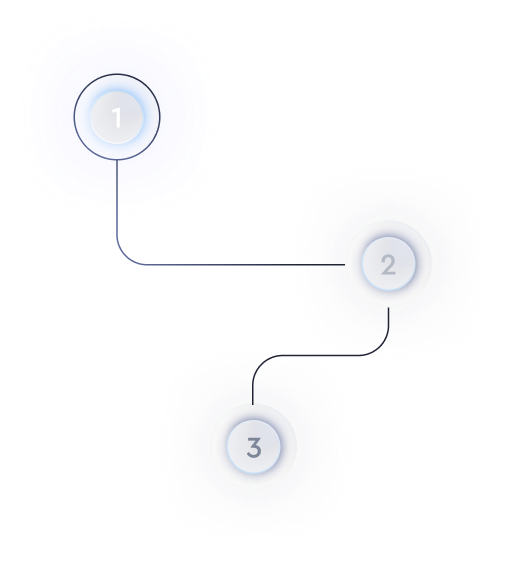Which heatmap tools best improve website user experience and CRO?
Overview of Heatmap Tools for Enhancing User Experience
Understanding user interactions on a website is crucial for optimizing user experience and conversion rate optimization (CRO). Heatmap tools have become indispensable in this regard by visually representing user behavior, highlighting aspects like clicks, scrolls, and user focus.
Benefits of Using Heatmaps
Heatmaps provide a wealth of information that can help web developers and marketers make informed decisions. Here are some benefits:
- Visibility of User Behavior: They offer a clear view of where users click, helping identify which page elements are gaining or losing attention.
- Identify Bottlenecks: Discover where users drop off or get stuck, enabling you to streamline and improve navigation paths.
- Boost Conversion Rates: By understanding user flow, you can optimize layouts and calls-to-action to better guide users through the conversion funnel.
Top Heatmap Tools for CRO and User Experience
While there are various tools available, some stand out for their robust features and ease of use.
- Hotjar: Known for its comprehensive suite of tools including session recordings, heatmaps, and feedback polls, Hotjar helps you analyze user behavior in depth.
- Crazy Egg: Offers detailed click maps, scroll maps, and confetti reports that segment clicks by referral source, helping fine-tune your marketing strategies.
- Lucky Orange: Incorporates dynamic heatmaps that allow you to compare different segments or traffic sources, offering insights into user behavior under different scenarios.
- Mouseflow: Apart from heatmaps, Mouseflow provides session replays and funnels to visualize conversion processes, identifying where users lose interest.
Integrating Heatmap Insights into Design Workflow
Turning data into action is key to leveraging heatmap tools effectively. Once you have access to heatmap data, it's crucial to address the identified issues promptly in your workflow.
- Cross-Functional Collaboration: Involve UX designers, developers, and marketers in analyzing the heatmaps to gain diverse perspectives on user behavior.
- Iterative Testing and Implementation: Use the insights from heatmaps for A/B testing and measure outcomes to ensure changes lead to improvement in user experience and CRO.
- Continuous Monitoring: Regularly check heatmaps to stay informed about changing user behaviors and trends over time, adapting strategies as necessary.
In Conclusion
Using heatmap tools effectively can transform your website's user experience and significantly enhance your conversion rates. By understanding how users interact with your site, you can make strategic decisions that align with their needs and expectations. Choose the tool that best fits your workflow and start gaining insights to optimize your website's performance today.

